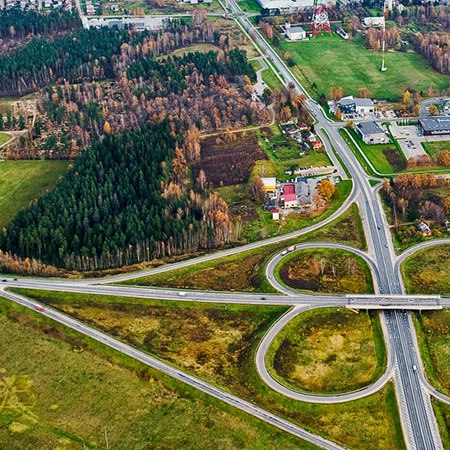Plantations International News

By Meghna Krishnadas. At first released by Yale Setup Review.
Raising intensity of human land-use makes environment-friendly neighborhoods slowly a lot more similar to one another, creating a basic loss of range. Ecological metrics used to evaluate diversity loss might provide functional preservation benchmarks.How does one estimate
organic range? Answering this evidently simple concern has actually occupied a number of a conservationist’s time. With the quick price of varieties loss in the Anthropocene, actions of variety aid examine patterns and additionally treatments of environmentally friendly modification in human-modified landscapes.In a current paper released in the journal Ecology Letters, a group of scientists used diversity metrics to look into patterns of climate change in neighborhoods of plants, birds, dung beetles, orchid, along with ants in human-modified landscapes. Their outcomes emphatically show that improving strength of human-use caused a truly similar collection of varieties proceeding to be in the changed environments. For all teams of microbes range lowered at landscape ranges– – a phenomenon called”organic homogenization.”In two regions of Pará state in the Brazilian Amazon, the researchers made use of Geographic Details
Unit devices to note landscapes of about 5,000 hectares, referring significant drainage catchments. Both regions had 18 landscapes, each with 6 land-uses: key woodland(undisturbed, logged, logged and also dropped), extra regenerating timberland, pasture, and also mechanical farming. These land uses mean a slope of improving human alteration of organic habitat.Each land use was tasted for plants(both huge and also tiny stem-size teams ), birds, dung beetles, orchid , and also ants.
Then, the researchers utilized a stats called”beta variety,”which supplies a number evaluating distinctions among areas throughout area. For each and every land use they assessed beta variety, initial among websites within a landscape, as well as then amongst landscapes within a region. This discloses whether neighborhood modification differs when smaller sized versus bigger locations of area are considered for different sort of land-use. After that, the scientists assessed whether neighborhood change was happening as an outcome of ranges altering each other( indicative of higher diversity ), or varieties quiting. The latter suggests far better homogenization of communities, i.e. bad news.As expected, for every single ecological team areas were a whole lot more identical throughout area in land makes use of that have far better human effect. Added forests, recuperating from
previous farming, were an exception, as well as likewise revealed high variant between areas. The majority of considerably, the researchers found that within forests, changes in areas were due to varieties altering each various other, causing also much more types in general. On the various other hand, as the toughness of human adjustment raised from main, undisturbed timberland to agriculture, differences in between websites and also landscapes were mostly as a result of varieties leaving– – which indicated higher organic homogenization.That lands made use of considerably by individuals shed kinds is obvious. Yet variety is even more compared to the sum of varieties in an area. Of ecological importance is whether uneven loss of kinds at small varieties could still preserve diversity at bigger spatial ranges. The authors show this is unlikely without primary woodland. This research casts restored emphasis on the need for uninterrupted timberlands in a matrix of agriculture and forest-use to keep ecological diversity. Offered the expanding proof that these key timberlands in addition provide valuable ecological area services, measuring selection is a crucial element to consider throughout landscape adjustment, repair, in addition to conservation. Plantations International
The blog post Improving nature: Human land use degrades biodiversity appeared first on Plantations International.
